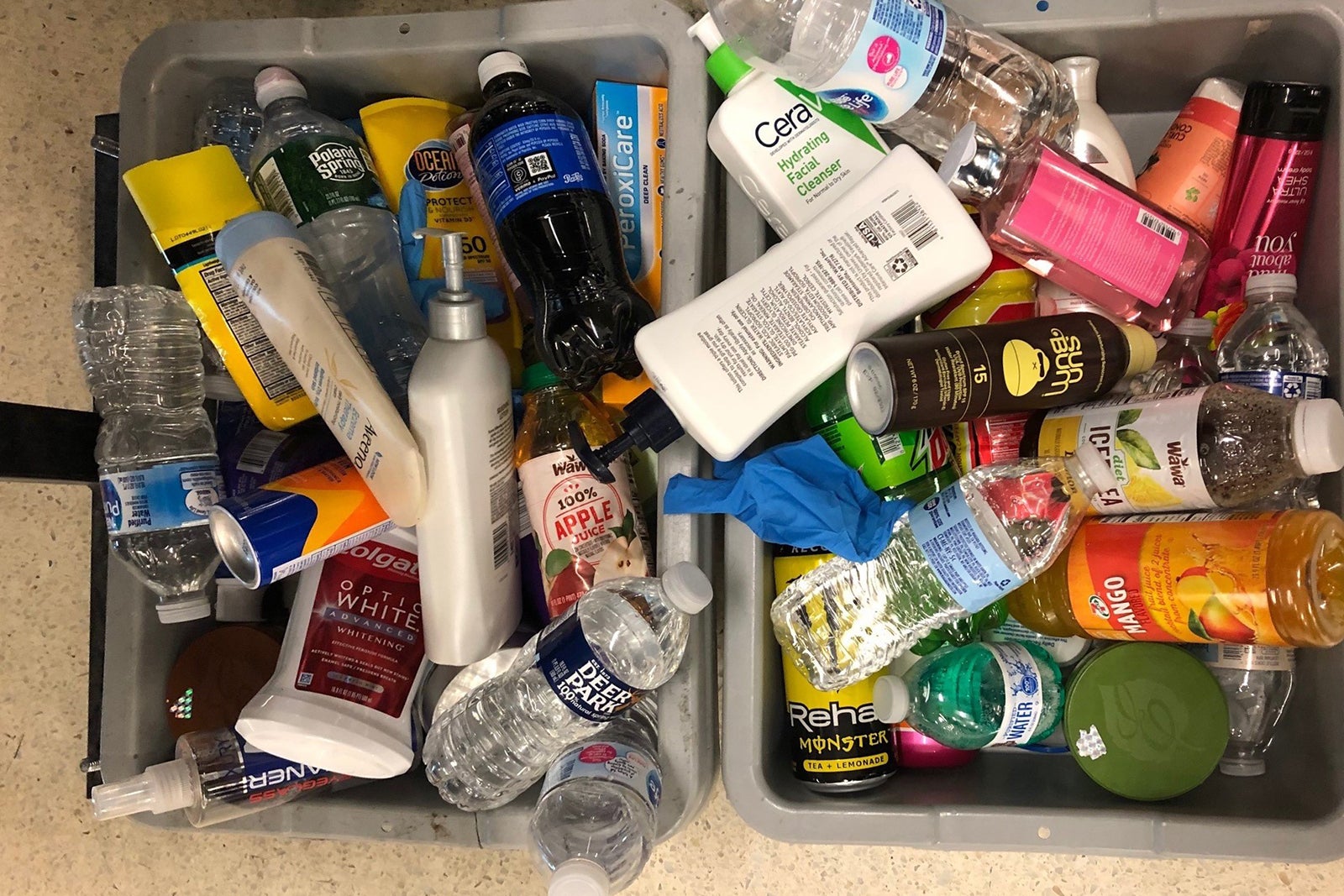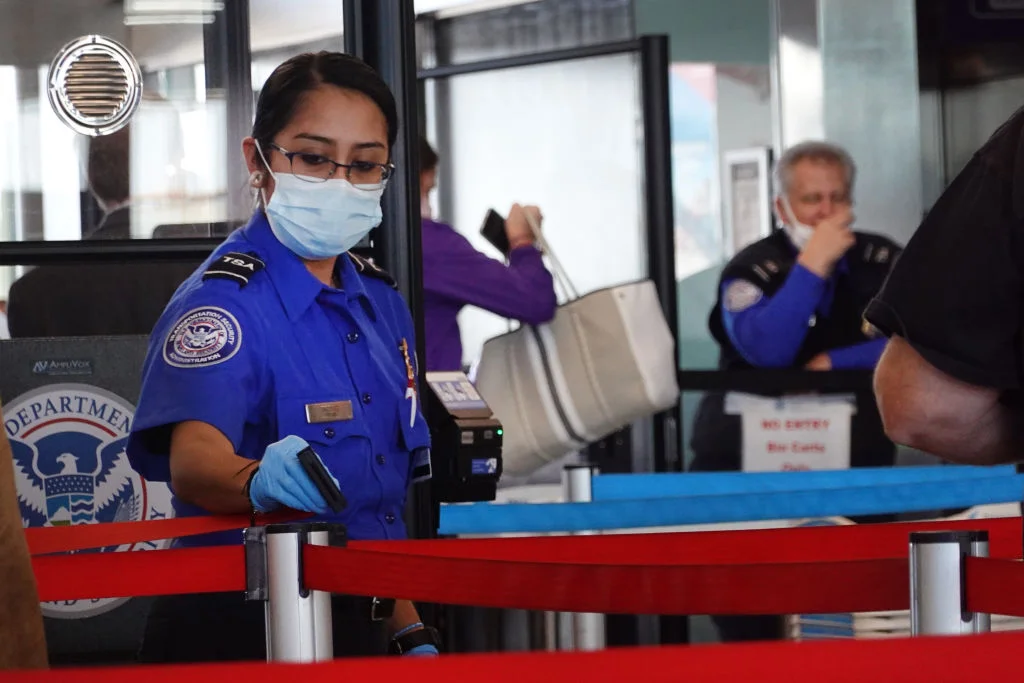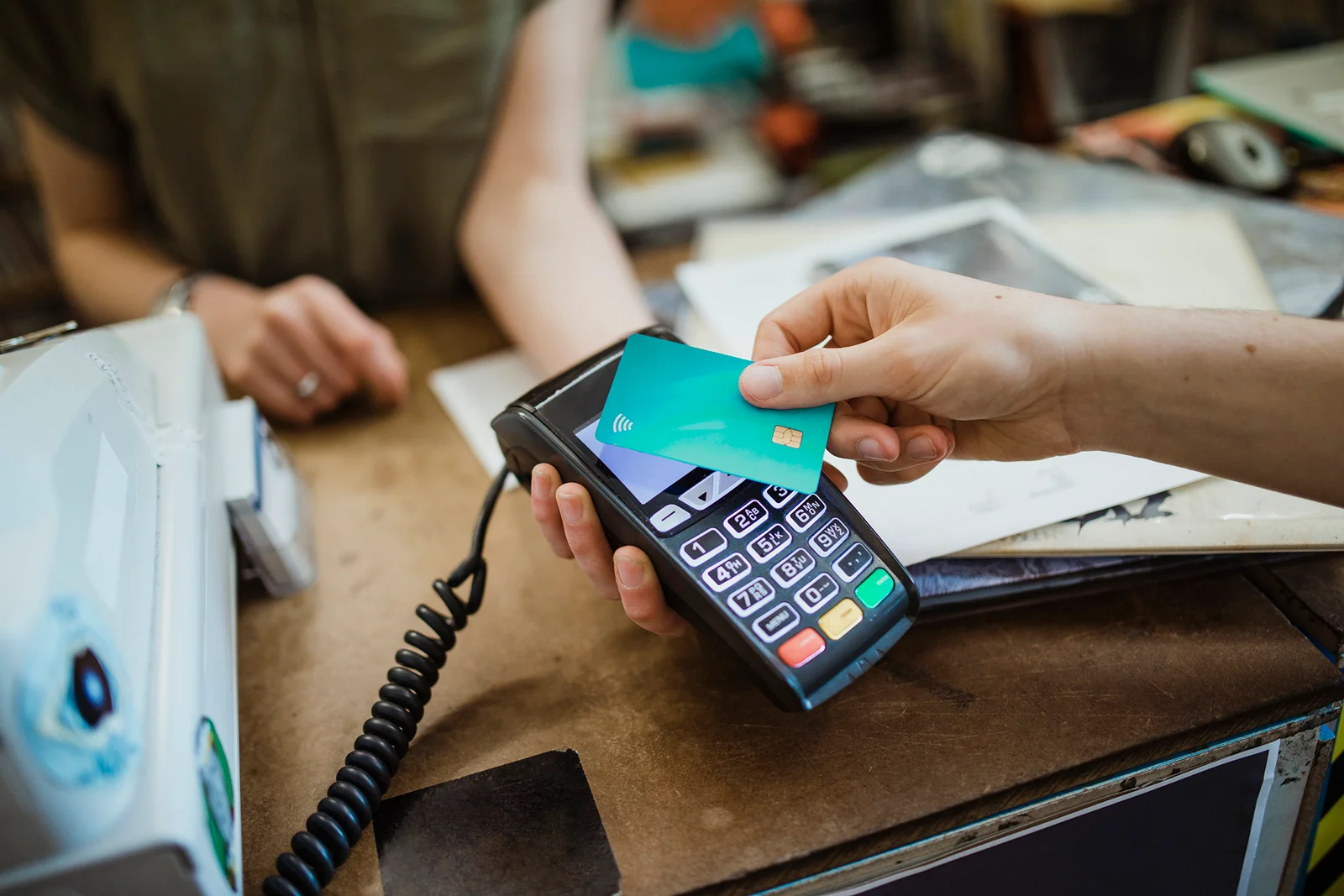Introduction
Welcome to our comprehensive guide on air travel essentials, where we unveil the crucial information you need to ensure a safe and hassle-free journey. The Transportation Security Administration (TSA) plays a vital role in maintaining aviation security, and understanding their guidelines is paramount to a smooth travel experience. Join us as we explore the four key items that the TSA wants passengers to be aware of and avoid bringing on an airplane.
1. Prohibited Items: Know Before You Go
When preparing for your flight, it’s essential to familiarize yourself with the list of prohibited items. The TSA maintains strict regulations to ensure passenger safety and the security of air travel. Among the items that are strictly prohibited in both carry-on and checked luggage are:
- Firearms and Ammunition: Firearms, ammunition, and realistic replicas are strictly prohibited in the cabin. They must be properly declared, packed, and transported in accordance with TSA regulations.
- Explosives and Incendiaries: Explosives, fireworks, flares, and any other potentially hazardous substances are prohibited on airplanes for obvious safety reasons.
- Sharp Objects: Items such as knives, box cutters, razors, and scissors with blades longer than four inches are not allowed in the cabin. It’s advisable to pack these items in your checked luggage or leave them at home to avoid any issues during security checks.
- Hazardous Chemicals and Materials: Toxic substances, corrosive chemicals, and radioactive materials are strictly prohibited due to their potential threat to the safety of passengers and crew.
Remember, this is just a brief overview, and it’s crucial to consult the official TSA guidelines for a complete list of prohibited items before packing for your journey.
2. Liquids, Gels, and Aerosols: The 3-1-1 Rule
The TSA has implemented the 3-1-1 rule to regulate the amount of liquids, gels, and aerosols that passengers can bring in their carry-on luggage. Here’s what you need to know:
- Container Size: Each container must not exceed 3.4 ounces (100 milliliters).
- Quantity Limit: All containers must be placed in a single, transparent, resealable quart-sized bag.
- One Bag Per Person: Each passenger is allowed only one quart-sized bag containing their liquid, gel, and aerosol items.
By adhering to the 3-1-1 rule, you can ensure a smooth passage through security checkpoints, avoiding delays and the need to dispose of any items that do not comply.

3. Electronics and Battery Safety
Electronic devices have become an integral part of our lives, and their safe transport on airplanes is essential. The TSA has established guidelines to ensure the safety of passengers and crew in relation to electronic devices and batteries:
- Lithium Batteries: Spare lithium batteries, such as power banks or extra camera batteries, must be carried in your carry-on luggage rather than checked bags. It’s crucial to prevent any damage to the battery terminals and ensure they are protected from short circuits.
- Laptops and Large Electronics: When passing through security, laptops and other large electronic devices must be removed from your carry-on bag and placed separately in a bin for screening.
By following these guidelines, you can ensure the safety of your electronics and expedite the security screening process.
4. Sporting Goods and Special Items
If you’re planning to travel with sporting equipment or special items, it’s important to understand the regulations surrounding their transportation. Here are a few key points to keep in mind:
- Sporting Equipment: Certain sporting goods, such as baseball bats, golf clubs, and hockey sticks, are typically not allowed in the cabin and should be packed in checked luggage. However, small personal sporting equipment like tennis rackets or fishing rods may be permitted as carry-on items, subject to airline and TSA regulations.
- Medications and Medical Devices: Prescription medications, medical supplies, and medical devices are allowed in both carry-on and checked bags. It’s advisable to pack them in a manner that allows for easy inspection during security checks.
- Childcare Items: Baby strollers, car seats, and other necessary childcare items are generally permitted, but they may be subject to additional screening.
To ensure a seamless journey, it’s recommended to check with your airline and review the specific TSA guidelines for any sporting equipment or special items you plan to bring onboard.
Conclusion
As you embark on your air travel adventures, understanding the guidelines and regulations set forth by the TSA is vital for a safe and hassle-free journey. By familiarizing yourself with the list of prohibited items, adhering to the 3-1-1 rule for liquids, gels, and aerosols, following battery safety guidelines, and being aware of regulations surrounding sporting goods and special items, you can ensure a smooth passage through security checkpoints and enjoy a stress-free travel experience. Remember, staying informed and prepared is the key to a successful journey.



